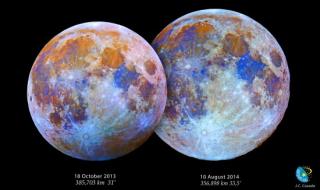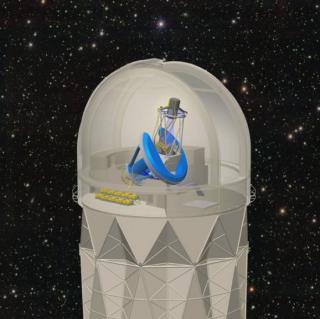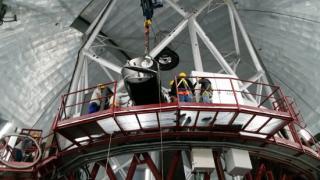Gracias al acuerdo firmado entre ambas instituciones, el Instituto de Astrofísica de Canarias (IAC) concede 25 ayudas a jóvenes periodistas científicos o estudiantes de periodismo de últimos cursos y de distintos países para asistir a “100xCIENCIA”, uno de los encuentros más importantes en esta materia y que levanta más expectación internacional.
Advertised on




